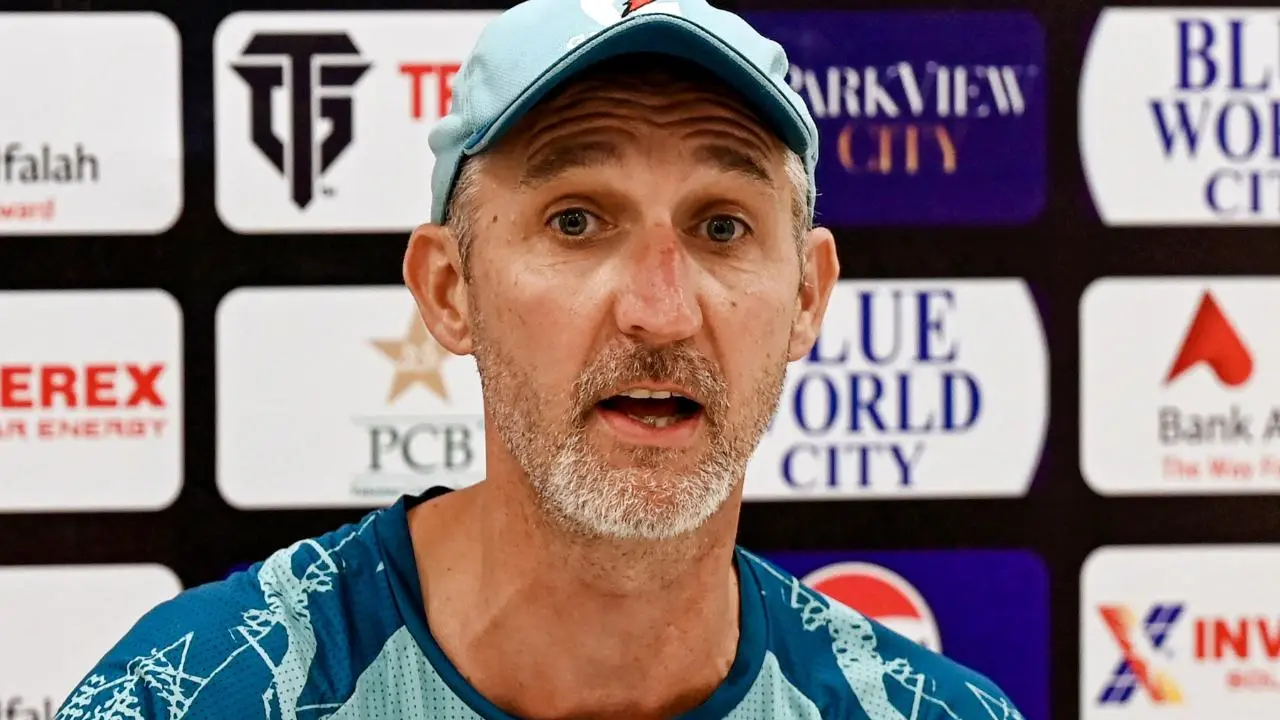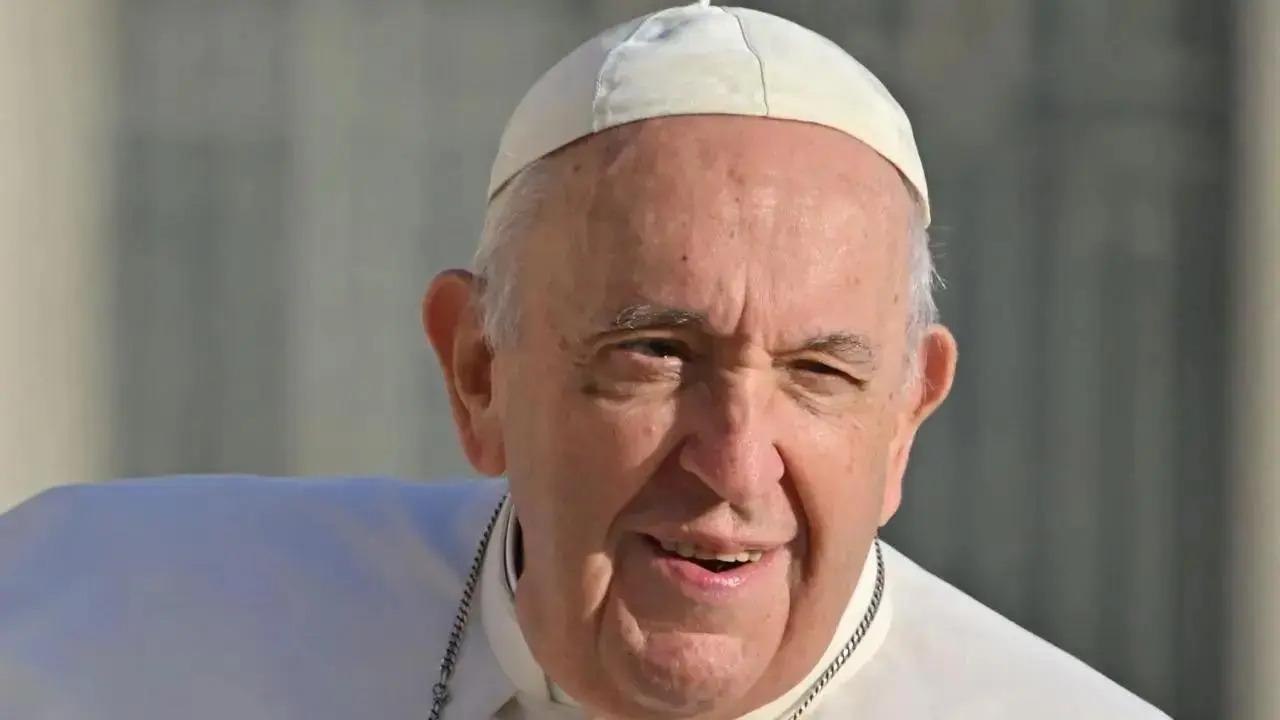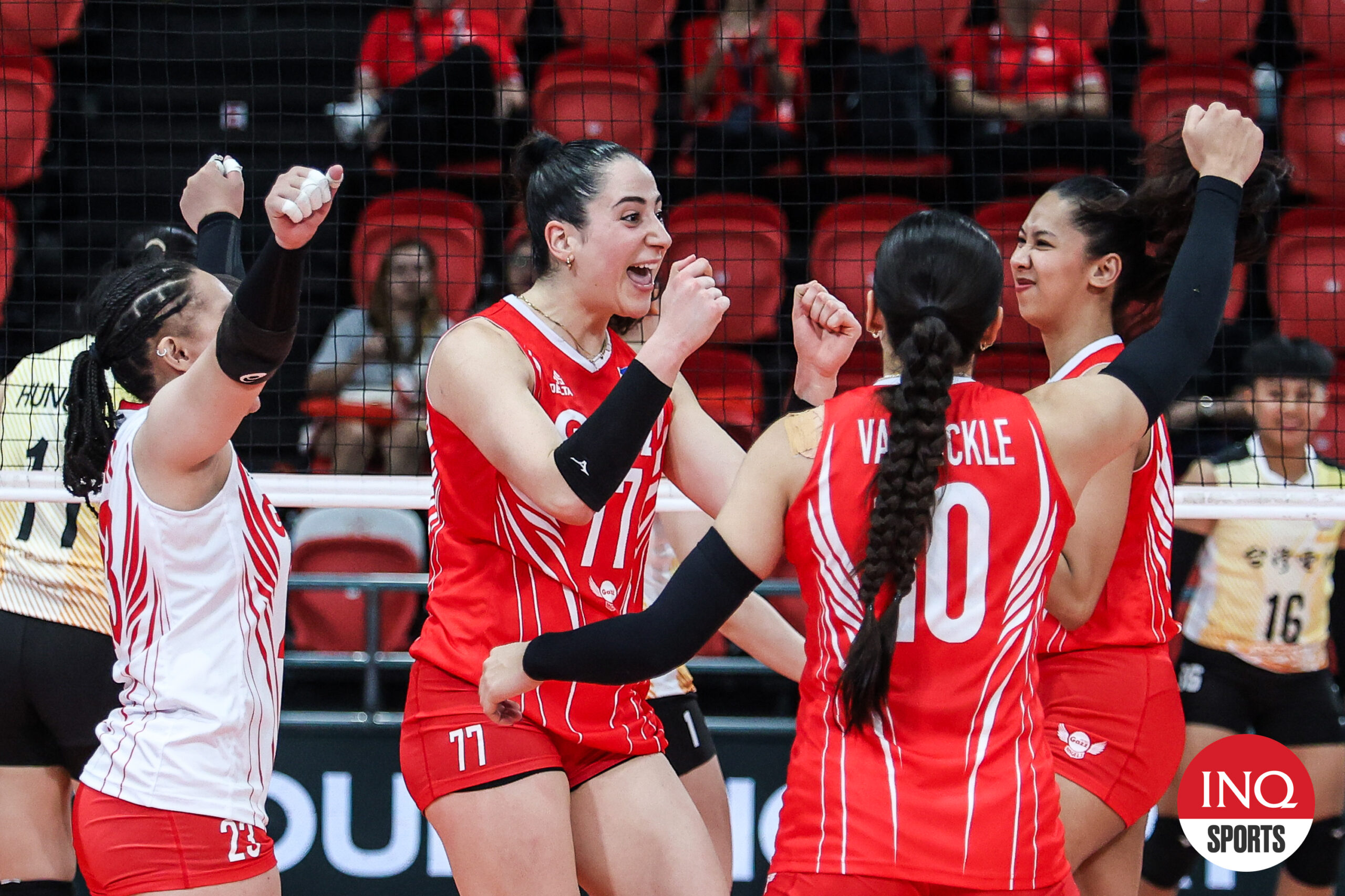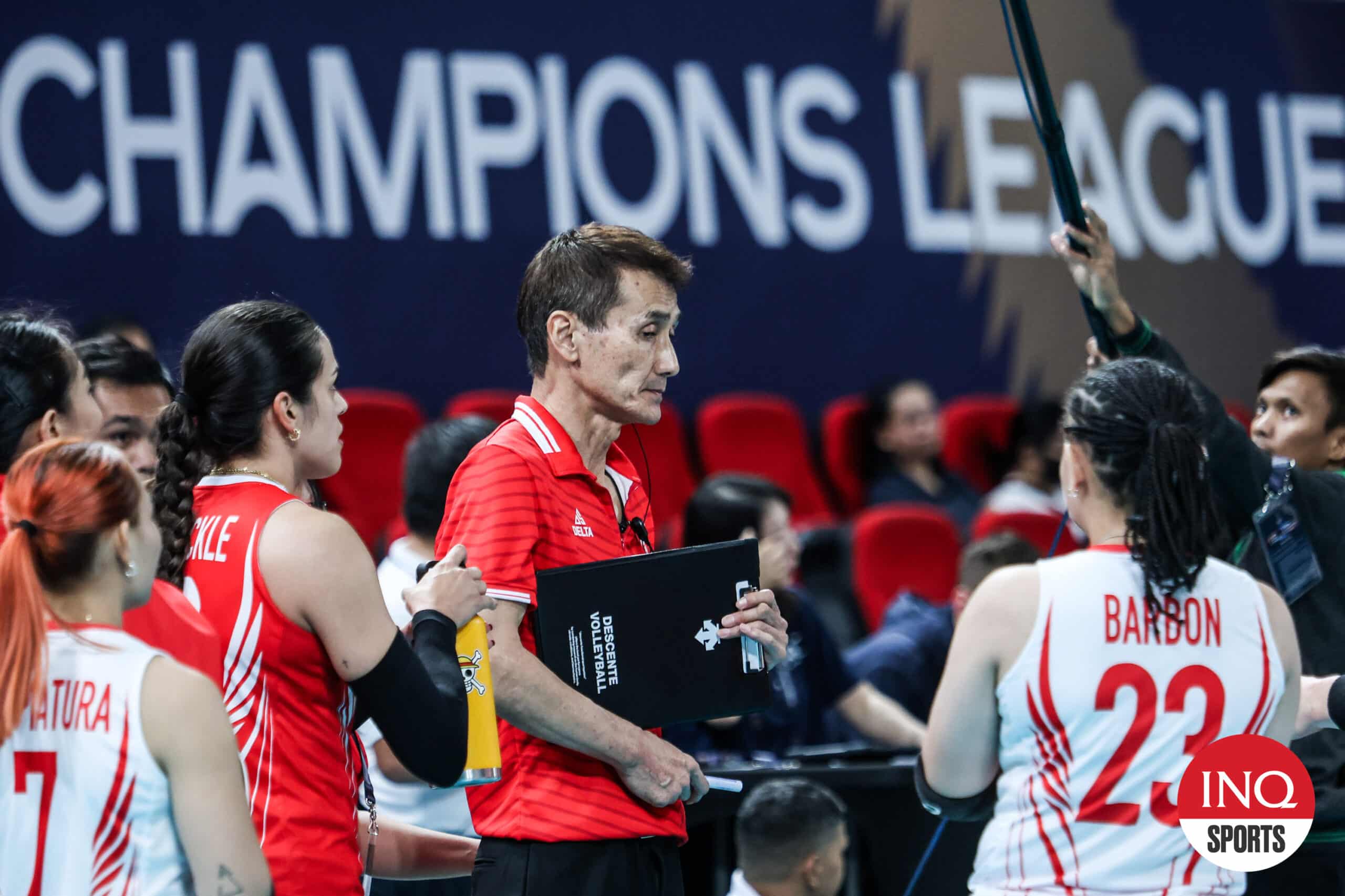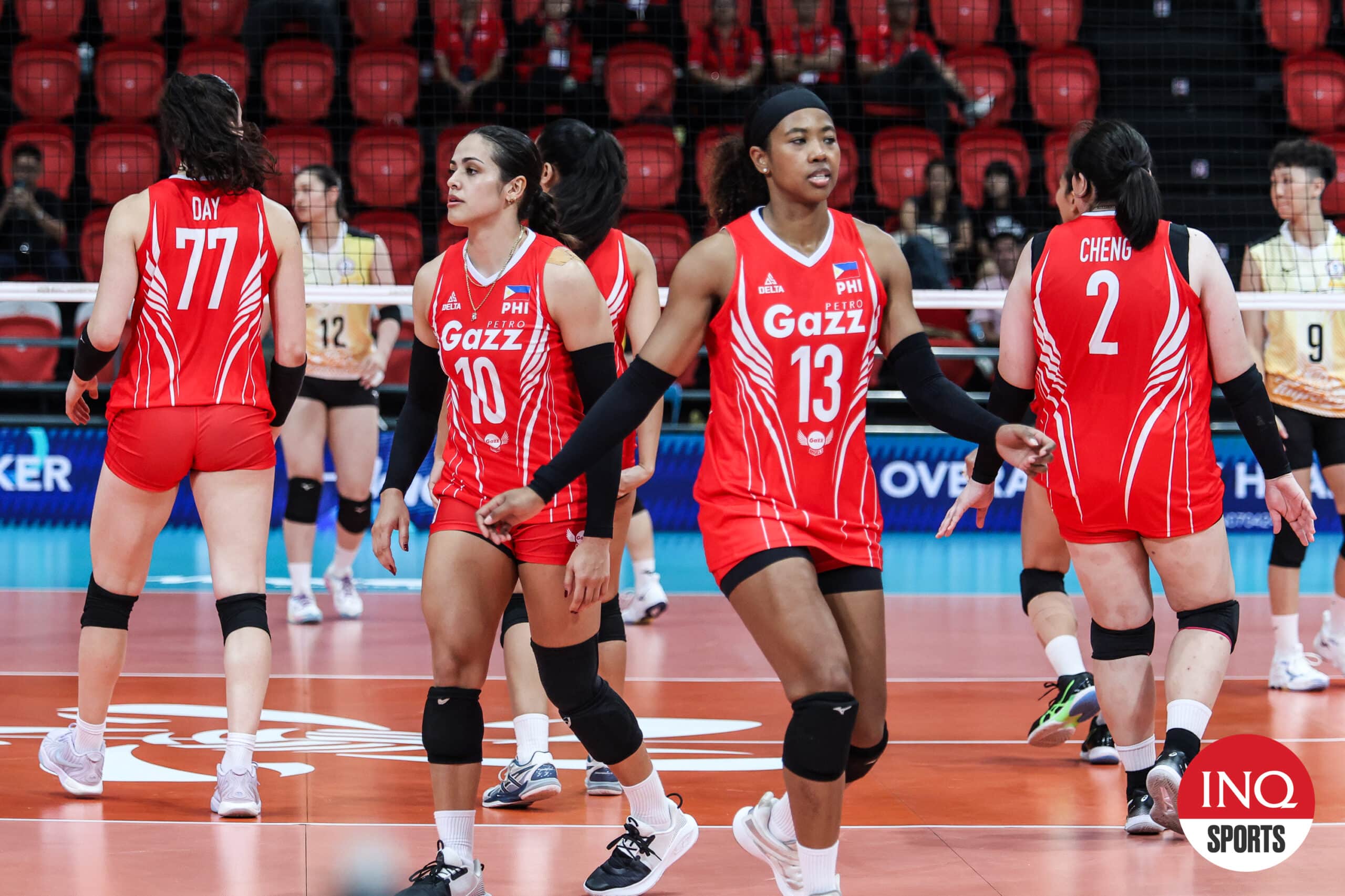News release from the New England Patriots: “A 22-person nomination committee selects Julian Edelman, Logan Mankins, and Adam Vinatieri as the 2025 Patriots Hall of Fame finalists. Patriots fans now have until April 30 to vote for the finalist most deserving of Patriots Hall of Fame induction.” No disrespect to Edelman and Mankins, two great Patriots whose time will come, but why is Vinatieri even on this ballot? A year ago, the Patriots waived their four-year waiting period to induct Tom Brady into their Hall of Fame, which is another way of saying they don’t have a waiting period.
They can do whatever they want, and they should do it for Vinatieri. Advertisement Vinatieri is not, was not, Brady. I get that.

But it’s impossible to talk about this whole dynasty thing without Vinatieri. My fear, which is the reason I’m writing this, is that recency bias might keep the Patriots’ longtime kicker waiting an extra year. The issue here is .
.. rules.
And as we keep learning, pro sports franchises sometimes tie themselves up in knots — and nots — with the rules and policies they use for their in-house halls of fame and retired uniform numbers. Two examples stand out: A.) The Patriots dragging their feet for years until finally agreeing to induct Bill Parcells into their Hall of Fame, and B.
) a comically assembled policy once used by the Red Sox to determine which players were eligible to have their numbers retired. But I’ll get to A and B in a moment. See, we need to get back to Vinatieri, who happens to be one of the most important players in Boston sports history, going back to the 1871 Boston Red Stockings.
Hyperbole? Say hi to Richard Johnson, longtime curator of The Sports Museum of New England. “Adam Vinatieri’s tying kick in the playoff game against the Oakland Raiders is my favorite moment in Boston sports history,” Johnson said by phone Thursday morning. “Second place would be Jim Lonborg’s bunt on the last day of the 1967 season, but the Vinatieri kick is a clear No.
1. How did that kick make it over? It must have been angels or some other divine intervention.” I’m the first to admit that Johnson tends to be a little, shall we say, esoteric in this type of discussion.
Surely, there would have been a Head of the Charles Regatta mention at No. 6 or No. 7 had I let him keep going.
For many of you who weren’t around in 1967, the “Lonborg bunt” — the handiwork of Red Sox pitcher Jim Lonborg — took place leading off the bottom of the sixth inning on the last day of the season, the Red Sox trailing the Minnesota Twins 2-0. The Sox needed a victory to have any chance of winning the American League pennant, and rookie manager Dick Williams made a daring decision to let Lonborg go to bat rather than send up a pinch hitter. (No designated hitter in those days.
) Lonborg reached on a bunt single to begin a five-run rally, the Sox won the game, and later that day they clinched the pennant when the Detroit Tigers lost to the California Angels. There you go: “The Impossible Dream.” Advertisement Again, that one’s a little out there.
Vinatieri’s heroics took place here in the good ol’ 21st century, albeit the early 21st century. Any discussion of Vinatieri begins with the “Snow Bowl,” known as “The Tuck Rule Game.” With snow swirling in every direction at old Foxboro Stadium on the night of Jan.
19, 2002, the Patriots trailing the Oakland Raiders 13-10 in the fourth quarter of a divisional round playoff game, Vinatieri tied it up with a 45-yard field goal. The Patriots won the game in overtime, thanks to a 23-yard field goal by Vinatieri. Adam Vinatieri: snow kicking LEGEND (via @nflthrowback) pic.
twitter.com/jYrDmPBbeu — CBS Sports (@CBSSports) January 12, 2019 You all know how this story ends. The Pats went on to play the heavily favored St.
Louis Rams in Super Bowl XXXVI. With the score 17-17 and 1:21 remaining in regulation, New England with the ball, first-and-10 at its 17, no timeouts, Brady had no way of knowing the late, great John Madden was up in the TV booth saying, “I think that the Patriots, with this field position, you have to just run the clock out. You have to play for overtime now.
I don’t think you want to force anything here. You don’t want to do anything stupid.” Next thing you know, the Pats are at the St.
Louis 30, and Vinatieri is splitting the uprights with a 48-yard field goal to give New England a 20-17 victory and its first championship. But Johnson is correct: It all begins with that tying field goal against the Raiders in the Snow Bowl/Tuck Rule Game. Everything begins with that field goal.
Going into that night, it had been more than two years since the Red Sox, Bruins, Celtics or Patriots had played a single playoff game , let alone win one, and now Vinatieri was swinging open the doors to a new century and a new attitude. I can’t prove that kick propelled Boston’s big-four pro sports teams to 13 championships over the next 22 years — six by the Patriots, four by the Red Sox, two by the Celtics, one by the Bruins. I can only tell you that before that kick, Boston was widely derided as “Loserville.
” If you were a Boston sports fan back then, it was practically stamped on your forehead. Advertisement Vinatieri played on three Super Bowl-winning teams during his 10 seasons with the Patriots. Two Vinatieri intangibles I’ll add here, mainly because they’re fun: • On Dec.
15, 1996, the Dallas Cowboys’ Herschel Walker ran a kickoff for a 70-yard gain that would have been a touchdown had he not been chased down and tackled by Vinatieri. (Whenever these things happen, there’s always some Biff Tannen-type tough guy who steps up and says, “He’s not a kicker, he’s a football player .” But I digress.
) Throwback to Adam Vinatieri chasing down Herschel Walker on a kick return. Ridiculous chase-down 💪 (via @nflthrowback) pic.twitter.
com/MCU5GHkUHa — NFL on ESPN (@ESPNNFL) January 16, 2020 • Vinatieri contributed to one of the greatest ESPN “This is SportsCenter” commercials ever with that bit about all his Super Bowl rings setting off the metal detector in Bristol . He went on to play 14 seasons for the Indianapolis Colts, with whom he earned his fourth Super Bowl ring. Vinatieri’s first trip back to Gillette as a Colt was on Nov.
6, 2006. Yes, he was warmly greeted by Patriots owner Robert Kraft and Pats coach Bill Belichick. The fans booed when Vinatieri arrived on the field, and then they cheered a little.
And then they booed each kickoff ...
and cheered when Vinatieri missed two field goal attempts. Vinatieri played his last NFL game in 2019. He should be in the Patriots Hall of Fame by now.
I don’t want to hear about your stinkin’ rules. I don’t want to hear about anybody’s stinkin’ rules. The Patriots own their Hall of Fame.
They could put Dan Marino, Joe Namath and both Manning brothers in their Hall of Fame if they wished, and they could do it via a mimeographed news release stapled to the front door of Gillette Stadium. Which takes us back to why it took the Patriots so long to welcome Parcells into their Hall of Fame. And it takes us back to that comically assembled policy once used by the Red Sox to determine which players were eligible to have their numbers retired, a policy that was ash-canned a few years after John Henry and Tom Werner bought the team.
Advertisement With Parcells, it was all about Patriot pettiness. Yes, the Tuna made an ungracious exit from the Patriots, getting it out there during the week leading up to Super Bowl XXXI that he planned to move on to the Jets. It didn’t help that Parcells did not accompany the Pats home following their 35-21 loss to the Packers, or that he held a ham-handed “speakerphone” news conference with the Jets while trying to get out of his New England contract.
But it was Parcells who put the Pats on the map, made them legit and brought order and professionalism to a franchise that hadn’t seen much of either for most of its existence. As Kraft continues his crusade to be inducted into the Pro Football Hall of Fame, he has mended some fences by having Parcells named to the Patriots Hall of Fame. The announcement was made last week.
Free, daily NFL updates direct to your inbox. document.querySelectorAll(".
in-content-module[data-module-id='scoop-city-newsletter'] .in-content-module-img img ").forEach((el) => { el.
setAttribute("style", "pointer-events: none;");}) Free, daily NFL updates direct to your inbox. As for the Red Sox and their lame “policy,” it used to be that a player could only be eligible to have his number retired if he was inducted into the Hall of Fame, played 10 seasons with the Sox and “ended his career” with the club. In the 20th century, Red Sox management frequently dusted off these “rules” to explain why this or that player’s number could not be retired.
So what happens? They wanted to retire Carlton Fisk’s No. 27, which was the right thing to do. But oh no! Ol’ Pudge ended his career with the Chicago White Sox.
No problem: The Red Sox named Fisk a special assistant to the general manager, or some such nonsense, and on that basis, they claimed he had ended his career with their club. (Thankfully, the Red Sox booted the old rules when they retired the No. 6 of the great Johnny Pesky, a .
307 hitter who may well have wound up in the Hall of Fame had he not missed three full seasons in his prime to serve his country in World War II.) Here’s a good rule that should be paramount for team Halls of Fame and in uniform number retirement discussions: If it feels right, just do it. In the matter of Vinatieri, his Patriots Hall of Fame candidacy should not be up for a vote.
Again, no knock on Edelman. No knock on Mankins. But first, Vinatieri.
He’s the guy who got this party going. (Photo: Don Emmert / AFP via Getty Images).
Sports

Hooray for Patriots Hall of Fame finalists, but Adam Vinatieri should've been in long ago

No disrespect to Julian Edelman and Logan Mankins, whose time will come, but why is Vinatieri even on this ballot? It all began with him.










